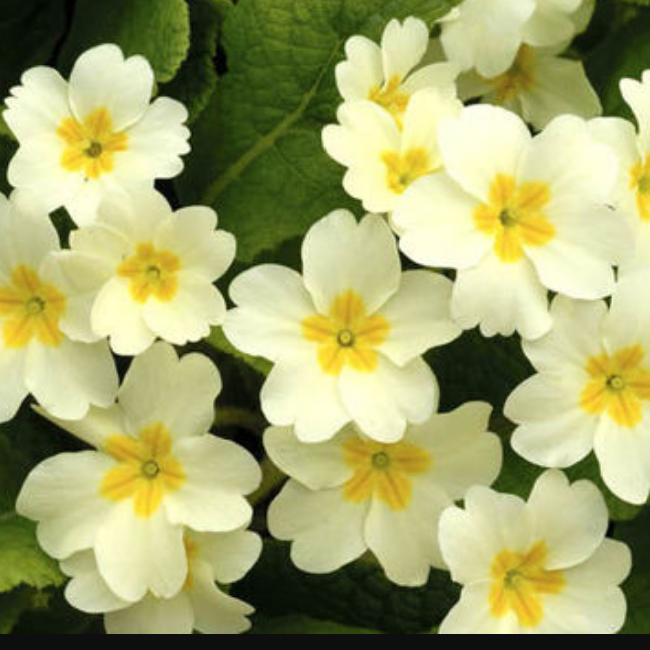
Primula vulgaris
Native Primrose
'Primrose' is one of the earliest flowers of Spring. A single flower stem grows from the basal rosette of large green wrinkled leaves, and bears a single, fragrant flower. The hedgerow primrose, primula vulgaris, has pale yellow flowers with a deep yellow centre, occasionally in other colours.
-
Full sun to partial shade
-
Occasional watering
-
Full Frost Hardy: 5F (-15°C)
-
Moist and free draining
Common name
Native Primrose
Latin name
Primula vulgaris
type
Herbaceous Perennials
family
Primulaceae
ph
5.0 - 7.0 Acid - Neutral
Plant & bloom calendar
-
Best time to plant
full grown dimensions
 0.20 M
0.30 M
0.20 M
0.30 M
Primula vulgaris
'Primrose' is one of the earliest flowers of Spring. A single flower stem grows from the basal rosette of large green wrinkled leaves, and bears a single, fragrant flower. The hedgerow primrose, primula vulgaris, has pale yellow flowers with a deep yellow centre, occasionally in other colours.
Planting young plants
From Early Autumn TO Mid Spring
Alpine varieties require a humus rich, well drained soil and are suitable for rock gardens or alpine houses. Border primulas require more moisture and should be grown where the soil does not dry out or where they can be watered when necessary. They are ideal for bog gardens and waterside planting. Plant border primulas between mid Autumn and mid Spring in full sun or partial shade, incorporating peat or well decayed manure. Plant alpine varieties between early Autumn and mid Spring in sun or partial shade, adding leaf mould or extra gritty sand where necessary.
Propagation by division.
From Mid Spring TO Early Summer
Most primulas can be divided after flowering and planted directly into their flowering position.



























